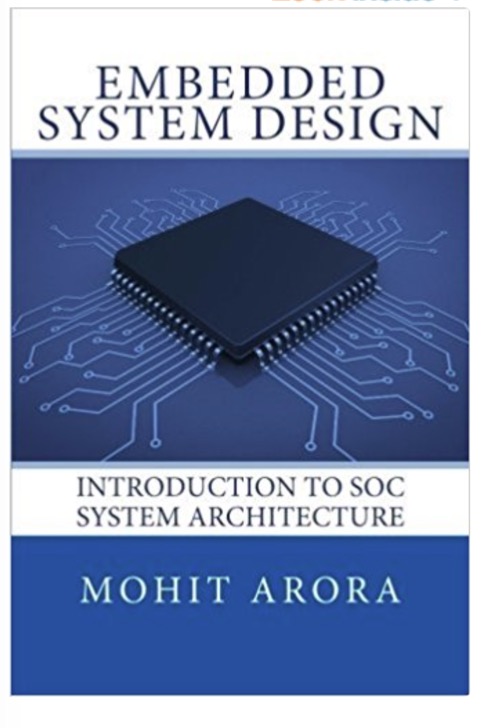Recent Posts
Motherboard with Intel® Pentium® Processor N4200 & Celeron® Processor N3350 For IIot Applications
Posted by on
Axiomtek announced the release of its PICO313, a palm-sized fanless pico-ITX motherboard featuring the Intel Pentium processor N4200 or Celeron processor N3350 (Apollo Lake SoC), aim at the entry-level market. The 2.5” pico-ITX embedded board runs fanless, supporting +12VDC power input, slim I/O and extended temperature range. It has one 204-pin DDR3L-1867 SO-DIMM socket supporting system memory up to 8 GB. One full-size PCI Express Mini Card slot with support of mSATA and one half-size PCI Express Mini Card slot are available on the rear side of the board. Additionally, a pair of expansion connectors provides signals for one PCIe lane, one LPC, one DDI, four USB 3.0 ports, one SMBus, and one HD audio to meet different communications needs. The 2.5-inch embedded SBC PICO313 is a choice for a variety of applications in the IIoT-driven world.
The Intel Apollo lake-based pico-ITX single board computer comes with advanced connectivity including one USB 2.0 port, one Gigabit Ethernet (built-in Intel Ethernet controller i211AT), one SATA-600 interface, 4-channel digital in/out and one LVDS. To ensure reliable operation, it offers watchdog timer, hardware monitoring, and TPM 1.2 support. The PICO313 supports “AXView” remote management software, facilitating communicates over its I2C interface and functions including battery status monitoring.
The book's aim is to highlight all the complex issues, tasks and techniques that must be mastered by a SoC Architect to define and architect SoC for an embedded application.
This book is primary focused on real problems with emphasis on architectural techniques across various aspects of chip-design, especially in context to embedded systems.
The book covers aspects of embedded systems in a consistent way, starting with basic concepts that provides introduction to embedded systems and gradually increasing the depth to reach advanced concepts, such as power management and design consideration for maximum power efficiency and higher battery life.
Theoretical part has been intentionally kept to the minimum that is essentially required to understand the subject.
The guidelines explained across various chapters are independent of any CAD tool or silicon process and are applicable to any SoC architecture targeted for embedded systems.
 Loading... Please wait...
Loading... Please wait...


